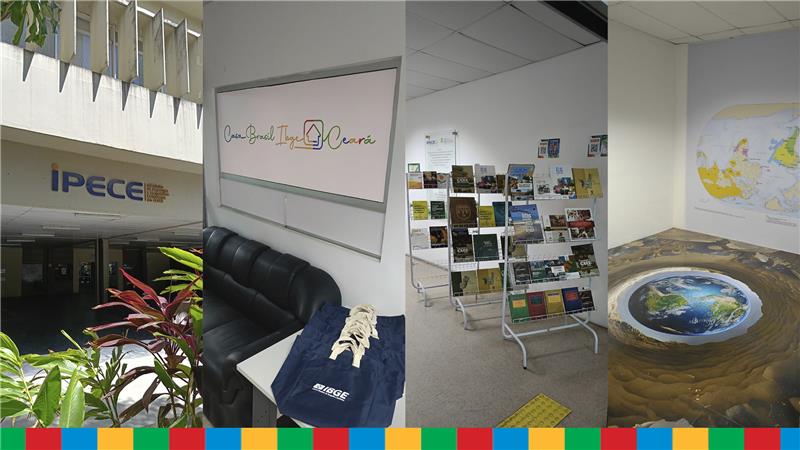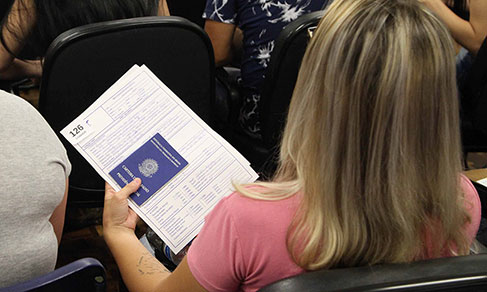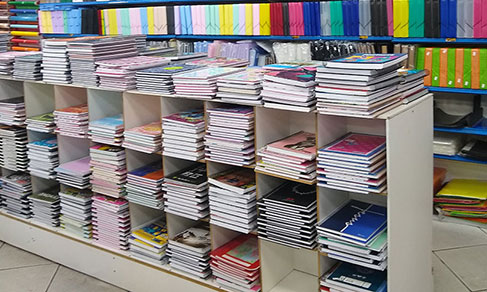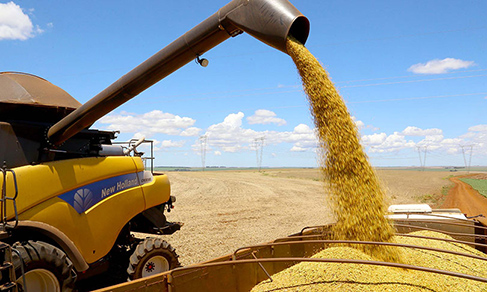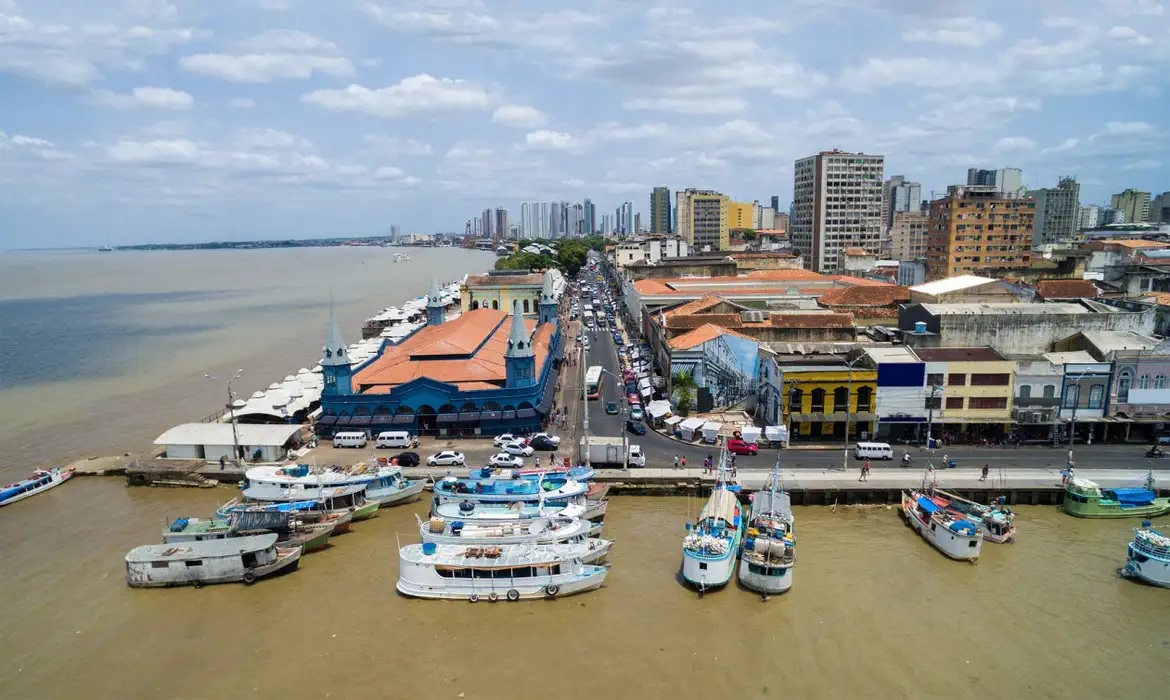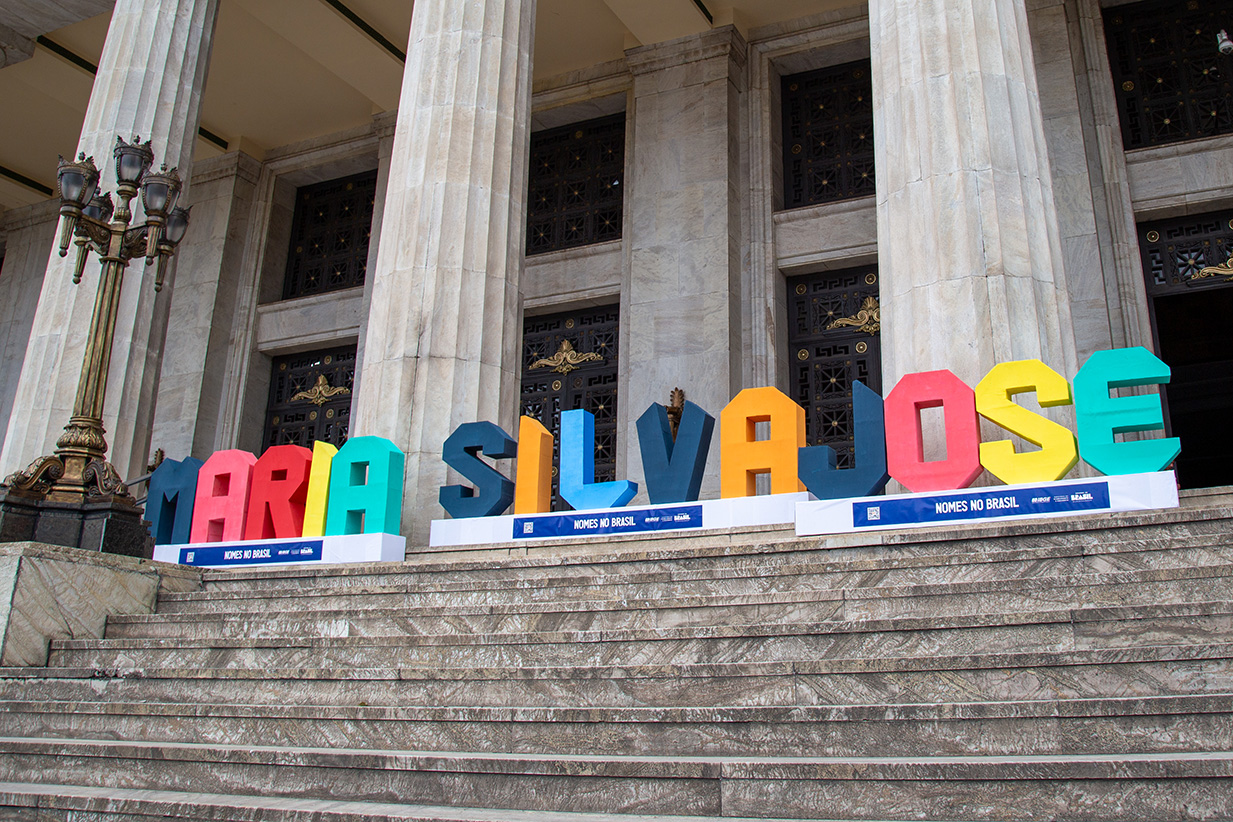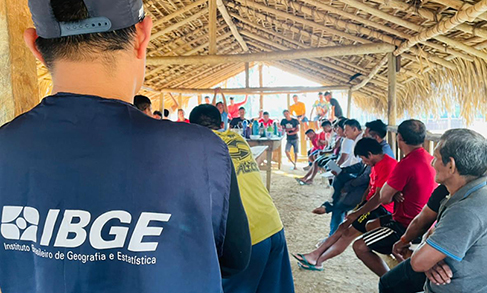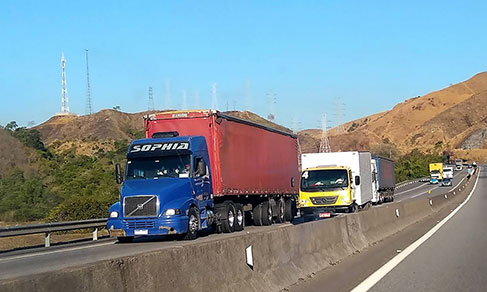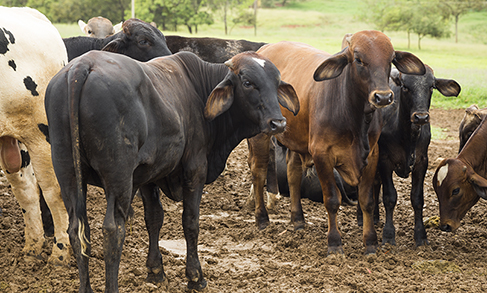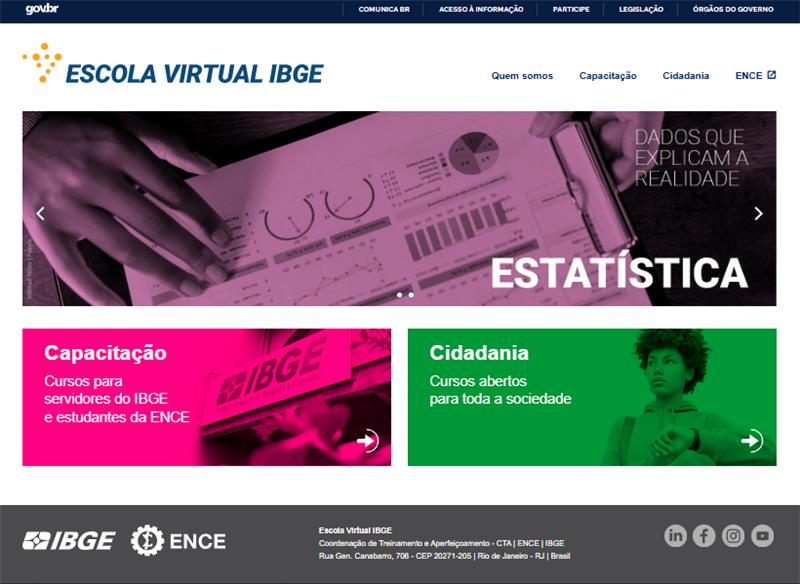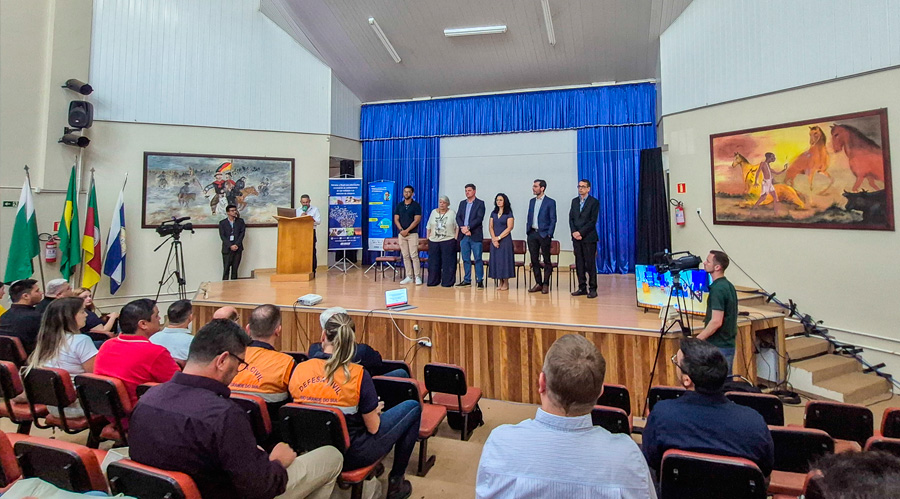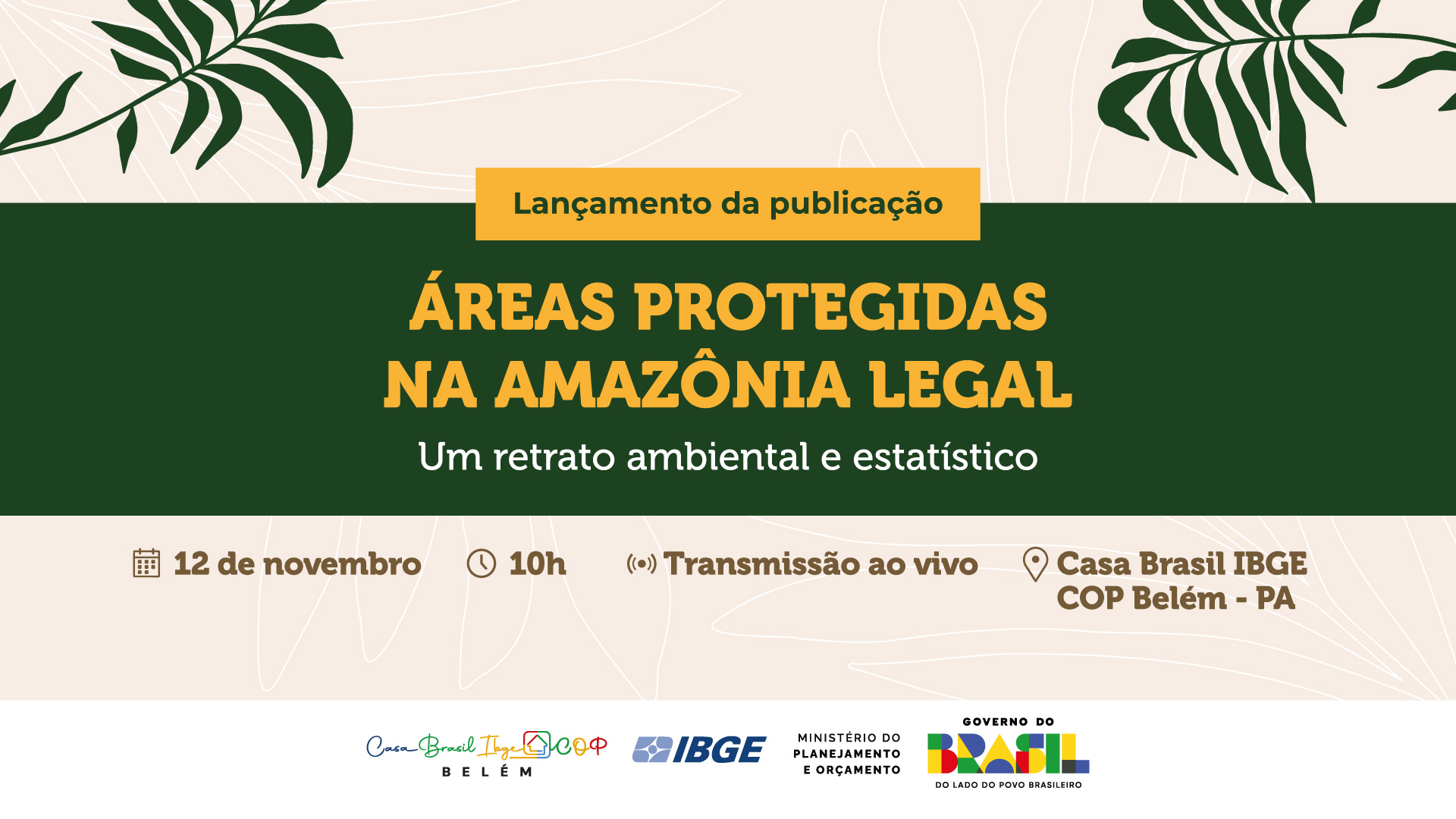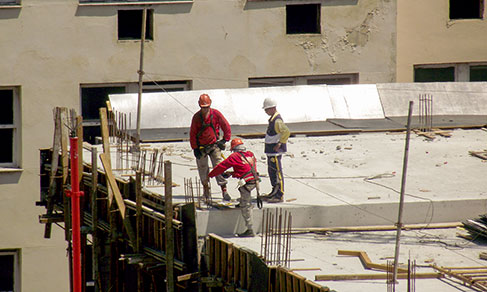2022 Census
Round of meetings in universities and institutions provides transparency to 2022 Census
June 28, 2023 10h11 AM | Last Updated: July 11, 2023 05h42 PM

Along the last two months, the IBGE went to universities and statistical institutions to present the methodology used in the data collection and analysis of the 2000 Population Census. It aimed at fostering transparency in relation to the processes of the census operation and, at the same time, get the confidence of qualified opinion leaders.
The presentation round started in Brasília with two meetings with several ministries, United Nations agencies and public offices, which had the opportunity to know the work developed for the 2022 Census. Cimar Azeredo, IBGE´s Acting President, highlights that each meeting gathered more than 100 persons in the auditorium of the IBGE´s State Superintendence.
Then the information was presented for a whole set of universities and statistical offices, including IPEA, Unicamp, State Data Analysis System Foundation (SEADE Foundation), Minas Gerais Statistical Institute (João Pinheiro Foundation), Superintendence of Economic and Social Studies of Bahia (SEI), Center for Regional Development and Planning of the Federal University of Minas Gerais (Cedeplar), University of Amazonas, Federal University of Santa Catarina (UFSC) and Paranaense Institute of Economic and Social Development (Ipardes).
















The Census Technical Coordinator, Luciano Duarte, states that the goal is not only making a detailed presentation on the 2022 Census, but also on the institutional framework and the statistical production as a whole, including the targets of all products. Duarte, in turn, shows the backstage of the entire operation in terms of methodology, quality control, approach, types of data collection and advancements.
Then, the Director of Geosciences, Claudio Stenner, explains the details of the geoprocessing tools, the implications and unfoldings on cartography, with the forms of dissemination within administrative and political divisions, as well as the geographic divisions produced by the IBGE itself. Stenner has made a very comprehensive presentation about the geographic picture and how the IBGE manages to carry out the Census following all the international recommendations under the perspective of the spatial divisions. And he shows the visualization and spatial interpretation tools used in the Census, like, for example, the Geographic Interactive Platform, one of the tools that mostly create awareness in these tours.
Transparency of the 2022 Census
Duarte reiterates that these meetings are in line with the transparency that the IBGE has promoted in relation to the 2022 Census. The major part of the public are experts, who do a good use of the statistical information both in the academia and as managers of public policies. He says that the presentations cause a very positive reaction and a feeling of confidence in the IBGE´s work.
“The message we give is that the 2022 Census was very well conducted, and that all the efforts were made to provide a Census of quality. They are opinion leaders, who can be interlocutors and help us to show the reality we lived in this huge operation and how we struggled to produce the best information on the population. We opened the black box to show the backstage of the 2022 Census with all the setbacks, like the lack of enumerators, and what we did to detour them, like the Provisional Measure to loosen the recruitment of personnel in the end of 2022 and improvements in the compensation. In addition to answers for other problems, like refusals and the high percentage of non-answers, which we mitigated with awareness events,” highlights the coordinator of the 2022 Census.
Cimar Azeredo highlights that the transparency work is not limited to the Census. It is expected that these universities and agencies cooperate with the dissemination. “It aims at preparing the society to receive the information from the 2022 Census, the most technological ever done,” states Azeredo.
Among the innovations, he highlights the 100% electronic data collection, the follow up of data collection in real time, Data Collection Mobile Devices (DMCs) connected through mobile telephony network, dashboard tools to monitor and a situation room. The 2022 Census also counted with geo-technology tools. The Interactive Geographic Platform provide a graphic vision, displaying on a map what was perfect and what was not. Not to mention the capture of coordinates in rural (already included in 2010) and urban households.
“Enumerators connected to a DMC sending data in real time brought a lot of advantages to the IBGE. Likewise, the follow up of the routes of the enumerators allowed to improve the coverage of the Census, which encompassed 462 thousand enumeration areas, whose follow up is a challenge streamlined by the use of technology. Another advancement is that what was yet to cover became visible. It allowed us to significantly improve the data collection. The importance of these tools that enhanced quality control in real time should be highlighted,” stresses the president of the IBGE.
Partnerships with United Nations agencies
Azeredo states that the primary function of the Census is explained in the meetings with universities, which should follow statistical principles and recommendations from the United Nations. He highlights that the IBGE is the coordinator of the Census, though the survey belongs to Brazil and is the result of many partnerships with United Nations agencies, city halls, secretariats, state and municipal administrations, and ministries, like the Ministry of Indigenous Peoples, whose minister supported the enumeration in indigenous lands - what was fundamental -, and the minister of Planning, Simone Tebet, who personally engaged in the final stretch of the Census.
The meetings unveil the challenges faced by the 2022 Census, which took ten months due to insufficient workforce. The workarounds were presented as well, in initiatives like Slum on the Map, in partnership with the Single Slum Center (Cufa); Condominium on the Map; Census goes to the beach, square and shopping mall; and Census goes to the market; as well as Disk Census, which was available for those not enumerated who could answer through telephone.
“The IBGE resorted to creativity with these actions to improve the number of answers. In 2022 and 2023, not answering the Census means lack of citizenship and it is out of fashion. The 2022 Census brought a wide array of lessons learned to the IBGE and Brazil on the challenge of making a census operation of quality. Every census operation has its failures and we are proud to have a post-enumeration survey that will be carried out as best as possible to technically assess the 2022 Census. We have to move on sure that the population counting in 2025 will be based on the experience of the 2022 Census,” highlights Azeredo.
Repercussion in the Federation Units
Eleonora Cruz Santos, Director of Statistics and Information of the João Pinheiro Foundation, said that the event filled up the auditorium of the Foundation, with a capacity for 164 persons, requiring an extra room. The meeting gathered people from the Federal University of Minas Gerais (UFMG) of the departments of Economics, Demography, Social Sciences and Political Sciences. From the state administration came representatives of the Secretariat of Economic Development and of the Branch of the Metropolitan Area of Belo Horizonte, and, from the municipal administration, came representatives of Prodabel, as well as federal offices like the Correios.
“It was a very interesting event, because it had an intense participation, due to interest for the presentation and for its content. The IBGE had an unprecedented ability to show the challenges and advancements of the 2022 Census. Beyond the ability, there is a policy, which I have never seen before, of transparency and governance very well practiced. This is key to show how the IBGE is advancing in terms of governance with its most important product, the 2022 Population Census.”
Jorge Callado, President of the Paranense Institute of Economic and Social Development (Ipardes), reports that the Institute gathered 150 persons in Araucárias Palace, headquarters of the Paraná administration. For him, the special attention of the IBGE for institutes like Ipardes was key to understand the methodology used, not only to our technicians, but for the society as a whole.
“The event in Paraná counted with the presence of state secretariats, universities and other institutions. The speech of President Azeredo was very important, as well as the presentations of his team. Therefore, we had an interesting preview on the 2022 Census and on how we can work in line with the IBGE, as we have been doing over the last 40 years,” reinforces Callado.
Carlos Freire, Director of Production and Data Analysis of Seade Foundation (State Data Analysis System Foundation), said that the meeting in São Paulo was held in the Foundation headquarters, in an auditorium with 150 representatives from government secretariats, academia with researchers from USP and Unicamp, consulting enterprises, private research institutes and the entire Foundation´s technical staff. “It was a great opportunity for the scientific community, companies and public offices to know the process of the Population Census. It became very clear for everybody the great work the IBGE did to launch this census and have good results. We also saw the innovations both in the data collection and in the dissemination, as well as the types of new data we will have. Everything produced a lot of interest and showed that the Census is robust and that we are all looking forward its results,” highlights Freire.
Francisco Barcia, the superintendent in São Paulo, states that in the meeting with several representatives of the state administration, other authorities and representatives from several organizations, in a packed auditorium, they showed a great interest in the informations and clarifications provided on the operationalization of the 2022 Population Census, always with much objectivity and total transparency. “The overcomes against the new environment were presented, as well as the efforts carried out to the adequate quality control of the campaign. The effort was completed in the compilation phase, thus ensuring the best coverage possible for the 2022 Population Census. Meetings in the São Paulo municipalities were accomplished to report the census activities to municipal authorities and other representatives of the local society,” highlights Barcia, the superintendent in São Paulo.
Two meetings were held in Bahia, the first one in the auditorium of the Administrative Center of Bahia, in Salvador, for nearly 120 persons, and the second one for the technical staff of the Superintendence of Economic and Social Studies of Bahia (SEI). For Jonatas Silva do Espirito Santo, Director of Surveys of SEI, the event was of fundamental importance for the transparency of the data collection, follow up and data processing, carried out by the Census team. He also highlights the technological resources introduced by the IBGE in this Census, which made the data collection more efficient than ever.
“The processing and critical analyses accomplished in real time have provided more precise and up-to-date results. The IBGE commitment to use the technology on behalf of the survey should be recognized and it strengthens the confidence in the results. I congratulate the entire team involved in this important statistical endeavor, which will be widely used in the planning and development of public policies more assertive to the reality of the Bahia and Brazilian population,” says the Director of Surveys of SEI.
For Roberto Kern Gomes, the IBGE Superintendent in Santa Catarina, the Census seminar, carried out in partnership with the UFSC, was key to consolidate even more the transparency that permeated the entire process of the 2022 Census. “The seminar allowed to gather an academic and political elite especially interested in the results of the Census, who left with all the answers to their questions. No question remained unanswered,” concludes him.


